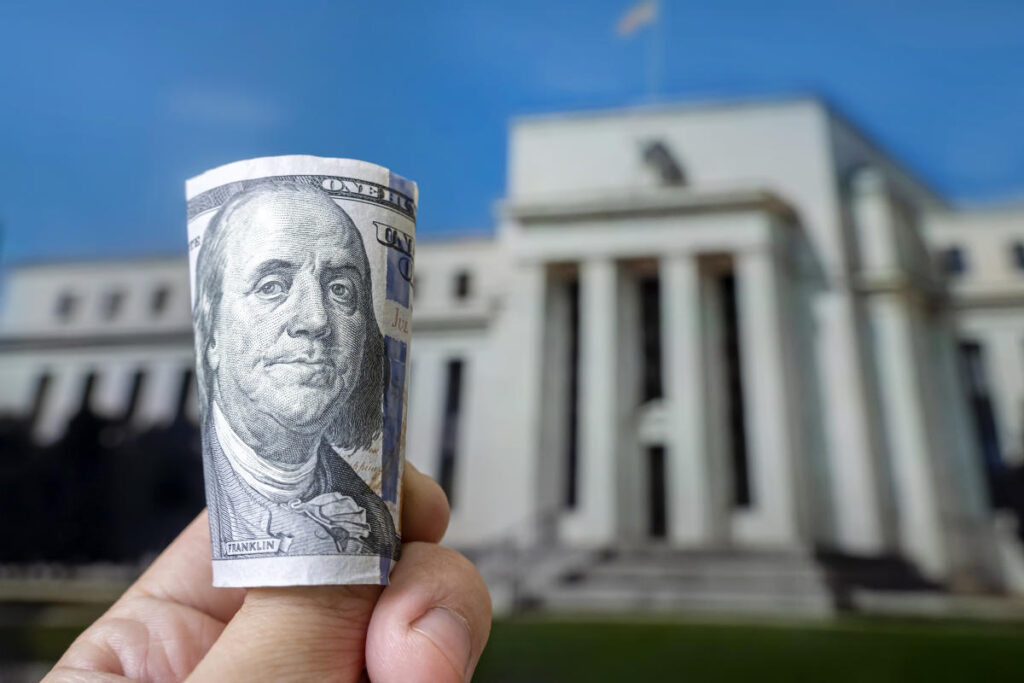The Federal Reserve, commonly referred to as the Fed, serves as a pivotal institution in the U.S. economy, functioning as a “bank to banks” and overseeing the country’s financial system. Established by the Federal Reserve Act in 1913, the Fed’s primary responsibilities are manifold, focusing on monitoring and guiding the U.S. economy, maintaining financial system stability, monitoring the health of U.S. banks, facilitating a national payment system, and enhancing consumer protection and community economic development. One of its critical functions is setting the federal funds rate, an influential interest rate that impacts how much banks charge consumers for loans. For instance, in December 2023, the Fed cut short-term interest rates by 0.25%, illustrating its active role in steering monetary policy to influence consumer spending and investment.
Contrary to some perceptions, the Federal Reserve is not owned by any individual or organization; it is an independent government agency accountable to Congress and the public. This unique status allows the Fed to operate free from political pressures while ensuring that the financial system remains stable and resilient. The Federal Reserve System consists of 12 regional districts, each with its own reserve bank and a nine-member board of directors, comprised of both elected representatives from commercial banks and members appointed by the Fed’s Board of Governors. These regional banks are essential for monitoring economic conditions across different areas of the United States, which in turn aids the Fed in crafting informed monetary policy that considers local economic circumstances.
At the heart of the Federal Reserve’s monetary policy decisions is the Federal Open Market Committee (FOMC), which meets regularly to set the federal funds rate and determine various other monetary actions. Chaired by Jerome Powell, the FOMC’s meetings are closely watched as they decide on interest rates that affect everything from consumer loans to mortgage rates. The Fed also engages in open market operations, buying and selling securities, and setting reserve requirements for banks. The decisions made during these meetings ripple through financial markets, influencing inflation, employment rates, and overall economic activity.
The structure of the Federal Reserve plays a critical role in its operations. The seven-member Board of Governors is responsible for the overall supervision of the Fed, with members nominated by the President and confirmed by the Senate for 14-year terms, ensuring a degree of continuity and independence in its functions. Although individuals cannot hold personal accounts with the Federal Reserve, the agency is vital for commercial banks and the government, housing cash, checks, and electronic payments used for transactions. Banks also have access to borrowing from the Fed, which helps maintain liquidity in the financial system.
Importantly, the Federal Reserve operates on a self-funding model, meaning that it does not rely on taxpayer funding for its operations. All profits accrued after expenses are channeled back to the U.S. Treasury, thereby providing a financial return to the government. This structure underscores the Fed’s ability to function independently of the federal budget while still contributing to the national economy. Furthermore, while commercial banks are required to hold stock in their respective Reserve Banks, this is more of a formal requirement rather than a traditional ownership model, as the profits are ultimately redirected into the public purse.
In summary, the Federal Reserve is a central player in the stability and health of the U.S. economy. Its roles encompass guiding monetary policy, safeguarding the banking system, and facilitating essential financial transactions. Whether through setting interest rates, overseeing the health of banks, or enhancing consumer protections, the Fed’s multifaceted responsibilities are crucial for sustaining economic growth and stability in a complex financial landscape. As economic conditions evolve, the Federal Reserve will continue to adapt its policies and respond to emerging risks and opportunities within the banking system and the broader economy.

